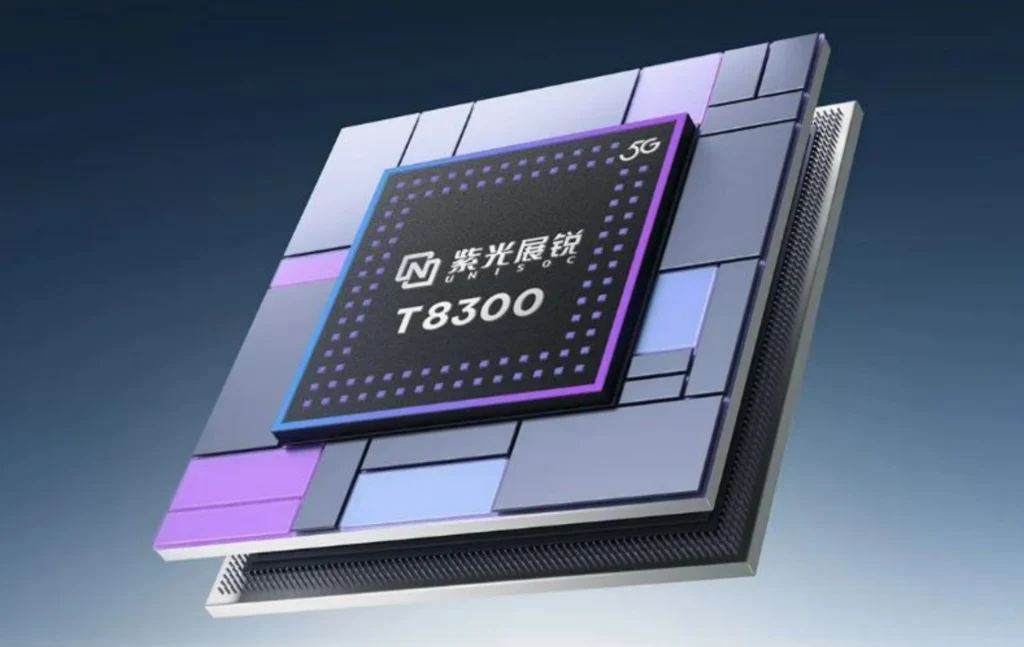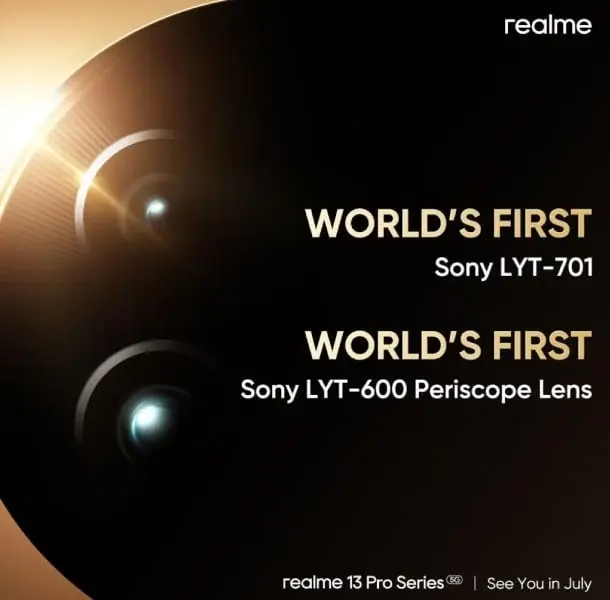Key Takeaways
1. Honor is launching the new 400 series in Malaysia, consisting of the Honor 400 and Honor 400 Pro, replacing last year’s 300 models.
2. The teaser reveals a circular camera design with three lenses and highlights “Next-Gen AI Imaging,” indicating advanced photography features.
3. The Honor 400 is rumored to have a 6.55-inch AMOLED screen, Snapdragon 7 Gen 3 processor, 200MP main camera, and a 5,300mAh battery with 66W fast charging.
4. The Honor 400 Pro is expected to feature a larger 6.7-inch quad-curved AMOLED display, Snapdragon 8 Gen 3 processor, and enhanced camera capabilities, including a 50MP selfie camera.
5. The official launch is anticipated to occur in China this month, with potential differences between models released in China and global markets.
Honor has started to create buzz in Malaysia for its new Honor 400 series. This upcoming range is expected to include two smartphones: the Honor 400 and the Honor 400 Pro. These new models will take the place of last year’s Honor 300 and 300 Pro. An official teaser from Honor gives a sneak peek at the camera module design that will be part of the 400 series.
Teaser Details Revealed
The teaser image highlights the rear camera arrangement of what seems to be an Honor smartphone from the 400 series. The design shows a striking circular camera setup that contains what looks like three separate camera lenses and maybe an LED flash, all positioned in a balanced formation. Above the camera module, the phrase “Next-Gen AI Imaging” stands out, hinting at a focus on AI-enhanced photography capabilities in this new series. The “Coming Soon” message at the bottom suggests a launch is likely within May.
Rumored Specs for Honor 400 and 400 Pro
Reports suggest that the Honor 400 will come with a 6.55-inch flat AMOLED screen featuring a 120Hz refresh rate and a peak brightness of 5000 nits. It is expected to be powered by the Snapdragon 7 Gen 3 processor, along with 8GB of RAM and storage options of either 256GB or 512GB. For its camera system, it is rumored to include a 200-megapixel primary sensor with OIS, a 12-megapixel ultrawide lens, and a 50-megapixel front camera. The battery capacity is likely to be 5,300mAh, supporting 66W fast charging. Additionally, the device is expected to hold an IP65 rating for water and dust resistance, weighing around 184 grams and measuring 7.3mm thick. Available colors may include Black and Gold/Grey.
The Honor 400 Pro is predicted to have a bigger 6.7-inch quad-curved AMOLED 1.5K 120Hz display with the same peak brightness of 5000 nits. It is set to run on the top-tier Snapdragon 8 Gen 3 SoC, combined with 12GB of RAM. The rear camera configuration is also rumored to feature a 200-megapixel main camera with OIS, along with a 50-megapixel telephoto lens and a 12-megapixel ultrawide camera. The selfie camera is anticipated to be a 50-megapixel sensor as well. The battery is expected to maintain the 5300mAh capacity but will support faster 100W wired charging. Additionally, the Honor 400 Pro might also come with an IP68/IP69 rating for improved water and dust resistance, weighing about 205 grams and measuring 8.1mm thick.
Launch Expectations
Honor is anticipated to unveil the 400 series in China this month. There are speculations that the Honor 400 series models launched in China could differ from those that will be available in global markets.





